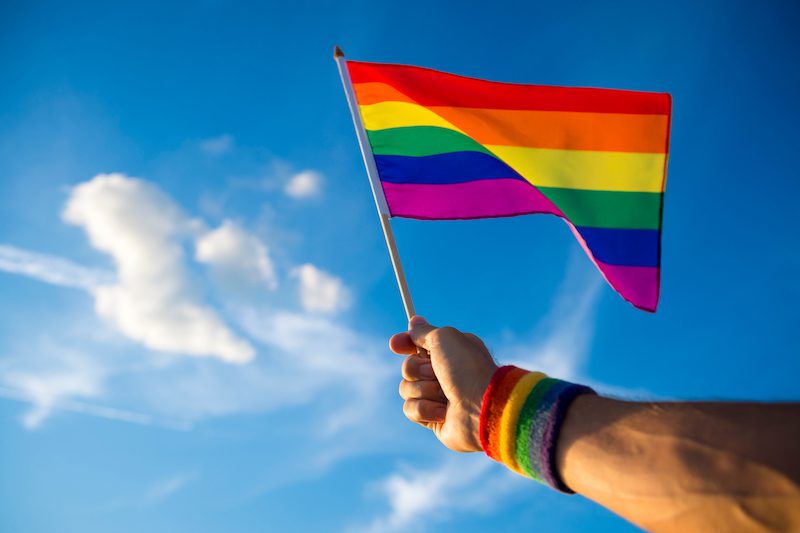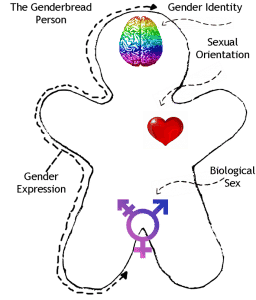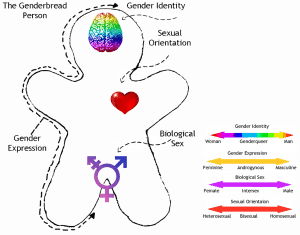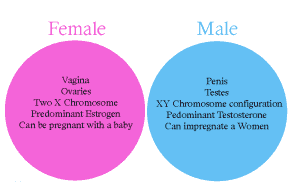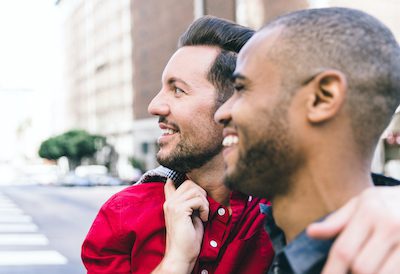
Need Help With 8 Common LGBTQ Gay Relationship Problems ?
8 Common LGBTQ Gay Relationship Problems
Help for LGBTQ Same Sex Couples & LGBTQ+ Relationships Get Started8 Common LGBTQ Gay Relationship Problems
Help for LGBTQ+ relationships, individuals, & Families

In the colorful tapestry of LGBTQ+ relationships, love isn’t just a feeling; it’s a complex and dynamic experience shaped by unique challenges and triumphs. Understanding these common gay relationship problems is crucial for building a healthy, resilient partnership. Whether you’re in a long-term same-sex relationship or just starting out on your romantic journey, this guide aims to shed light on frequent issues faced by LGBTQ+ couples and offer practical advice to address them.
The Importance of Communication
Communication is the backbone of any successful relationship, but LGBTQ+ couples may encounter distinct hurdles. Societal pressures, internalized stigma, and personal insecurities can all impact how partners communicate with each other. It’s essential to recognize these challenges and actively work towards improving communication. Alex and Jamie, for instance, found themselves struggling to connect due to differing schedules and interests. By engaging in relationship counseling and practicing active listening, they learned to express their needs and emotions more effectively, ultimately strengthening their bond.
To enhance communication, couples should prioritize regular check-ins, where each partner has an opportunity to share their thoughts and feelings. Additionally, setting aside dedicated time for meaningful conversations, free from distractions, can help couples focus on understanding each other better. Remember, healthy communication is about expressing one’s own needs and listening to the other’s perspective with empathy and patience.
Family and Social Acceptance
Lack of support from family and society can weigh heavily on LGBTQ+ relationships. Many couples, like Sam and Taylor, face tension and stress when dealing with unsupportive family members. This can lead to feelings of isolation and frustration, affecting the couple’s overall well-being. Attending support groups for LGBTQ+ couples and seeking guidance from community resources can provide much-needed support and solidarity.
Additionally, setting boundaries with unsupportive family members is crucial for preserving the integrity of the relationship. Establishing a supportive circle of friends and allies can also create a nurturing environment where love can thrive. Remember, acceptance and understanding start from within, and finding strength in each other can help couples weather external pressures.
Managing Differences
Every relationship involves navigating differences in interests, lifestyles, and values, and LGBTQ+ couples are no exception. These disparities can sometimes lead to misunderstandings or conflicts. The key is to approach these differences with an open mind and a willingness to compromise. For example, exploring new hobbies together or individually can create opportunities for growth and connection.
When disagreements arise, focusing on finding common ground can foster understanding and empathy. Couples must remember that diversity in perspectives can enrich their relationship, offering new insights and experiences. By valuing each other’s individuality, partners can build a strong foundation of trust and respect, celebrating what makes their bond unique.
Intimacy and Sexuality

Intimacy and sexuality play vital roles in the health of any romantic relationship. However, LGBTQ+ couples may encounter specific challenges related to same-sex intimacy. For instance, Jordan and Chris experienced a decline in sexual intimacy after a few years together. Seeking professional advice and exploring new ways to connect intimately, they revitalized their sex life and reinforced their emotional connection.
Open communication about desires and needs is paramount in maintaining a fulfilling sexual relationship. Partners should feel comfortable discussing their fantasies and boundaries, fostering an environment of trust and mutual respect. Engaging in activities like attending workshops or experimenting with new experiences can reignite passion and strengthen the bond between partners.
Financial Stress
Financial stress can affect any couple, but LGBTQ+ relationships may face additional challenges due to societal discrimination and unequal access to resources. Maria and Emily, for example, dealt with financial strain when one partner lost their job. By developing a budget plan and exploring part-time work opportunities together, they alleviated their financial burden and reinforced their teamwork.
To manage financial stress, couples should create a joint financial plan, outlining shared goals and responsibilities. Open discussions about individual financial habits and priorities can help partners align their objectives and develop a sense of financial security. Remember, tackling financial challenges as a team can not only ease monetary pressures but also strengthen the relationship.
Balancing Personal Space and Togetherness
Finding the right balance between personal space and togetherness is crucial in any relationship, and LGBTQ+ couples are no exception. Partners may have differing needs for independence and connection, which can lead to misunderstandings or conflicts. Establishing open lines of communication about each partner’s preferences can help create a harmonious balance.
Couples should encourage each other to pursue individual interests and friendships, fostering a sense of autonomy and personal growth. At the same time, prioritizing quality time together can strengthen the couple’s emotional connection and create shared memories. By respecting each other’s boundaries and needs, couples can cultivate a relationship that thrives on both individuality and togetherness.
Conclusion
Navigating love’s rainbow road is a unique and rewarding journey for LGBTQ+ couples. By understanding and addressing common gay relationship problems, partners can cultivate a resilient, fulfilling partnership that stands the test of time. Remember, every relationship faces challenges, but by working together with empathy, communication, and support, couples can overcome these obstacles and build a love that lasts.
For those looking to explore these topics further, consider engaging with LGBTQ+ support groups, seeking professional advice, or exploring educational resources tailored to same-sex relationships. By taking proactive steps, couples can continue to grow and thrive, celebrating the strength and resilience of LGBTQ+ love.
If you need help with LGBTQ and gay relationship problems from our licensed, compassionate professionals, reach out.
LGBTQ Therapist for Same Sex Couples & Gay Marriage Counseling


